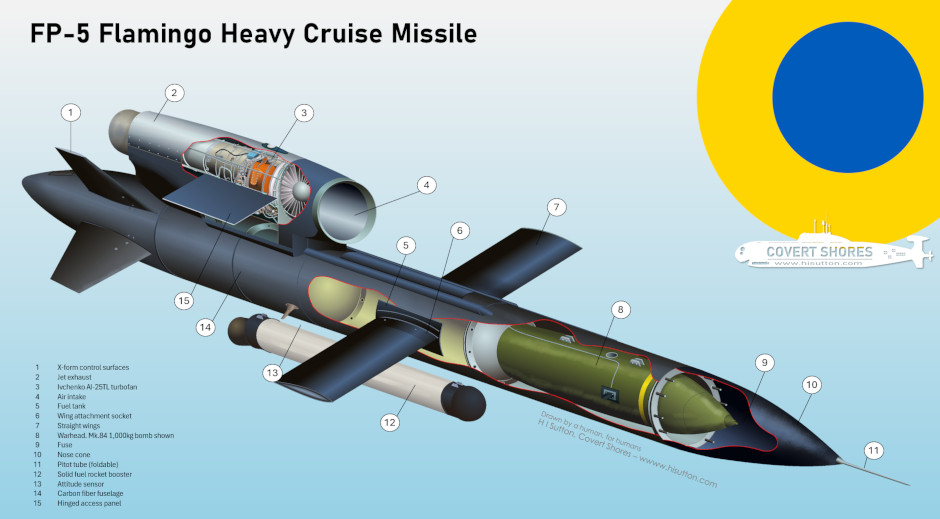UPDATED![]()
![]()
![]()
(Full index of popular Covert Shores articles)
Dance Of The Flamingos: Ukraine’s FP-5 Heavy Cruise Missile
 The FP-5 Flamingo marks a significant increase in the range and payload of Ukraine's deep strike capability. While one-way attack drones (OWA-UAVs) have so far ‘only’ reached 2,000km, the FP-5 promises 3,000km. This places numerous additional strategic targets at threat. Similarly its warhead is around 10-20 times larger than other types. Now certain targets, such as the sprawling drone factories, too large for smaller drone warheads, can potentially be tackled.
The FP-5 Flamingo marks a significant increase in the range and payload of Ukraine's deep strike capability. While one-way attack drones (OWA-UAVs) have so far ‘only’ reached 2,000km, the FP-5 promises 3,000km. This places numerous additional strategic targets at threat. Similarly its warhead is around 10-20 times larger than other types. Now certain targets, such as the sprawling drone factories, too large for smaller drone warheads, can potentially be tackled.
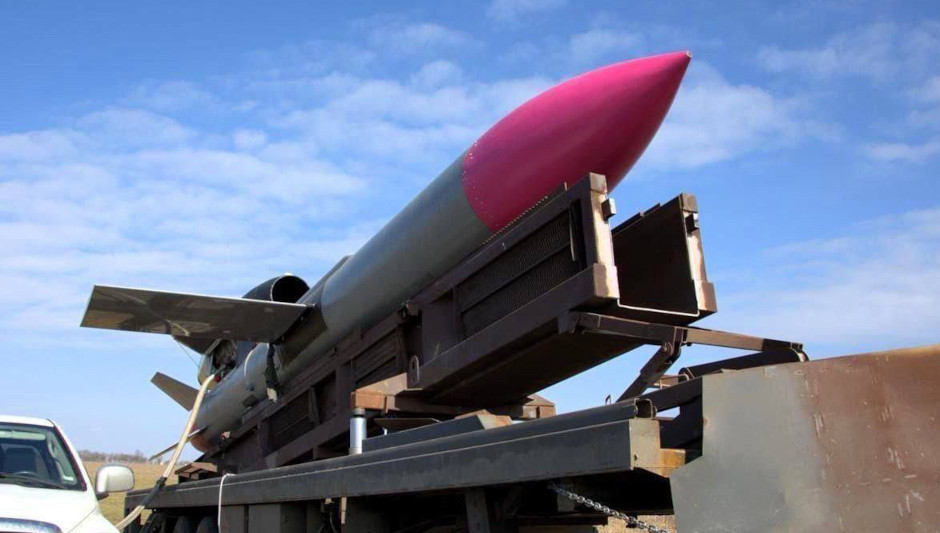

Since the 2022 full-scale invasion Ukraine has been developing means to strike back at Russia. Its strategic strike missions have been generally effective, particularly against Russia’s oil industry, but its weapons have this far still been less capable than the Russian equivalents. The FP-5 should close the gap and, depending on its targets and survivability, inflict significantly greater damage on Russia’s war machine.
The Flamingo is built by Ukrainian firm Fire Point under the Milanion umbrella. Fire Point also make the FP-1 piston engine strike drone already used against Russia.
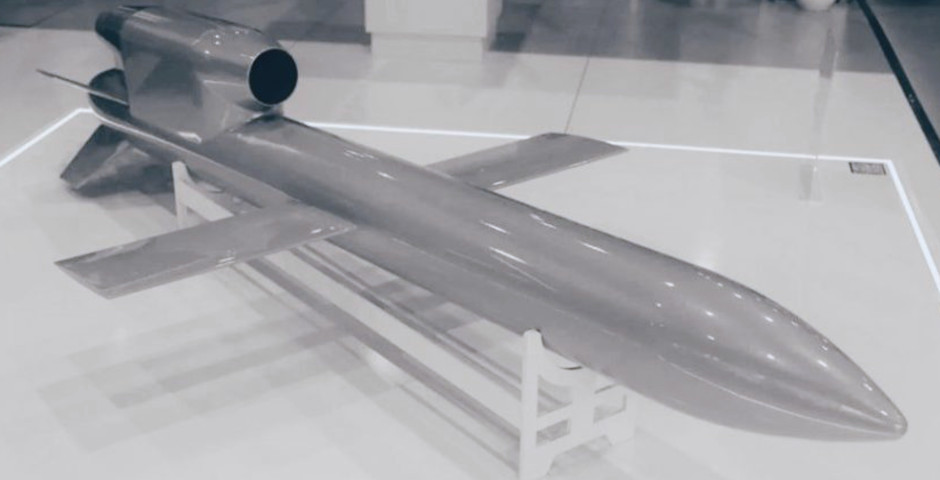
Model of FP-5 Flamingo on display at Milanion's stand at IDEX-2025
FP-5 Flamingo Description
Only partial specifications are available, but it is clear that the airframe is much larger than other strike drones. It has a reported 6 meter wingspan, and an estimated length of 12-14 meters excluding pitot tube. The layout is typical of simplified cruise missiles with the jet engine, likely a turbojet, mounted above the aft fuselage. The wings are straight and the tail surfaces x-form. The solid rocket launch booster is mounted under the fuselage. Launch is via a truck mounted short rail.
FP-5 Specifications
Length: 12-14 m, est.
Wingspan: 6 m
Take-off weight: 6,000 kg
Range: 3,000km
Altitude: 5,000m, max.
Endurance: 4 hours
Speed: 950 kph max, 850-900 kph cruise
Warhead/payload: 1,000 kg
Navigation: GPS/GNSS jam resistant CRPA sys, INS
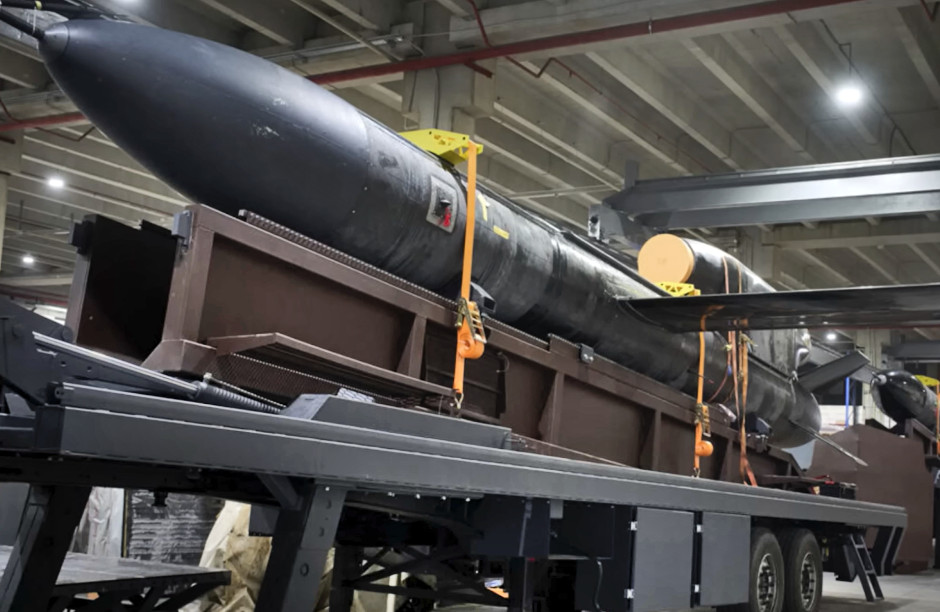
FP-5 Flamingo on launch trailer. Kanal 13
There will be inevitable comparisons to the Soviet era Tupolev Tu-141 Strizh and the later (and smaller) Tupolev Tu-143 Reys reconnaissance drones. They are a similar size and have a roughly similar engine arrangement. Both have been reprised as makeshift cruise missiles by Ukraine. There is only a passing resemblance however and it is clear that this is a new design. Assertions about the original World War Two pulsejet powered V-1 are also overly simplistic. It owes as much to the V-1 as the Tomahawk does. Generally, the design is what you’d expect for a heavy cruise missile optimised for production and ground launch.
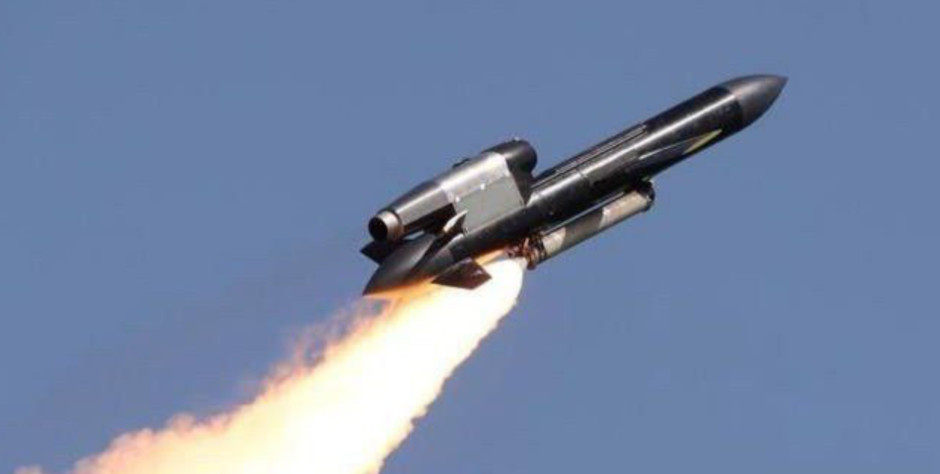
Related articles (Full index of popular Covert Shores articles)

 Ukraine's longer-ranged missiles
Ukraine's longer-ranged missiles

 Ukraine's long-ranged attack drones (OWA-UAVs)
Ukraine's long-ranged attack drones (OWA-UAVs)

 Guide to Ukraine's naval drones (USVs)
Guide to Ukraine's naval drones (USVs)

